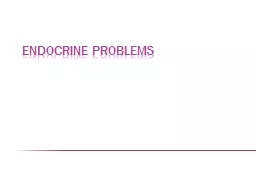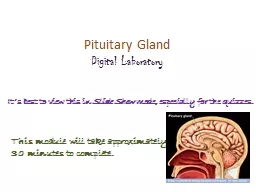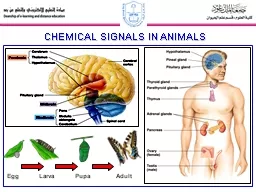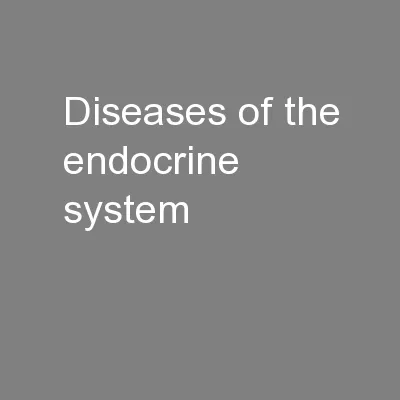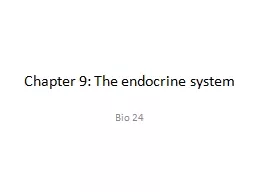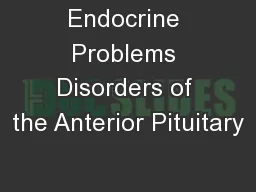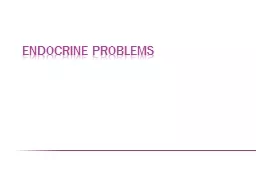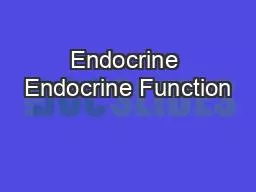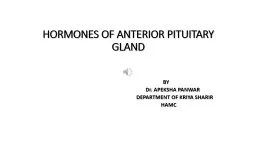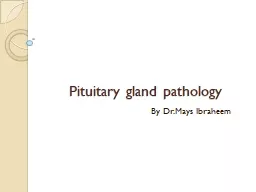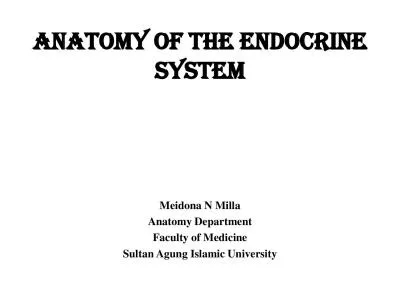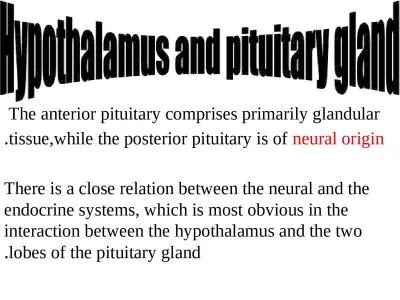PPT-Endocrine Problems Disorders of the Anterior Pituitary
Author : lois-ondreau | Published Date : 2020-04-02
Growth hormone GH Promotes protein synthesis Mobilizes glucose amp free fatty acids Overproduction almost always caused by benign tumor adenoma Gigantism In children
Presentation Embed Code
Download Presentation
Download Presentation The PPT/PDF document " Endocrine Problems Disorders of the Ant..." is the property of its rightful owner. Permission is granted to download and print the materials on this website for personal, non-commercial use only, and to display it on your personal computer provided you do not modify the materials and that you retain all copyright notices contained in the materials. By downloading content from our website, you accept the terms of this agreement.
Endocrine Problems Disorders of the Anterior Pituitary: Transcript
Download Rules Of Document
" Endocrine Problems Disorders of the Anterior Pituitary"The content belongs to its owner. You may download and print it for personal use, without modification, and keep all copyright notices. By downloading, you agree to these terms.
Related Documents

